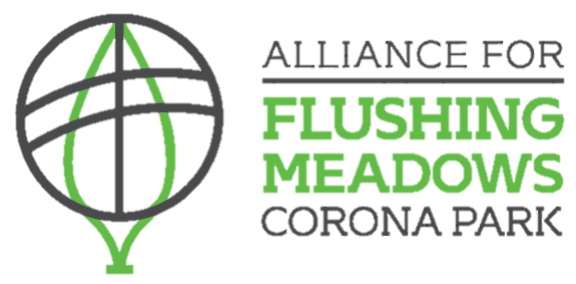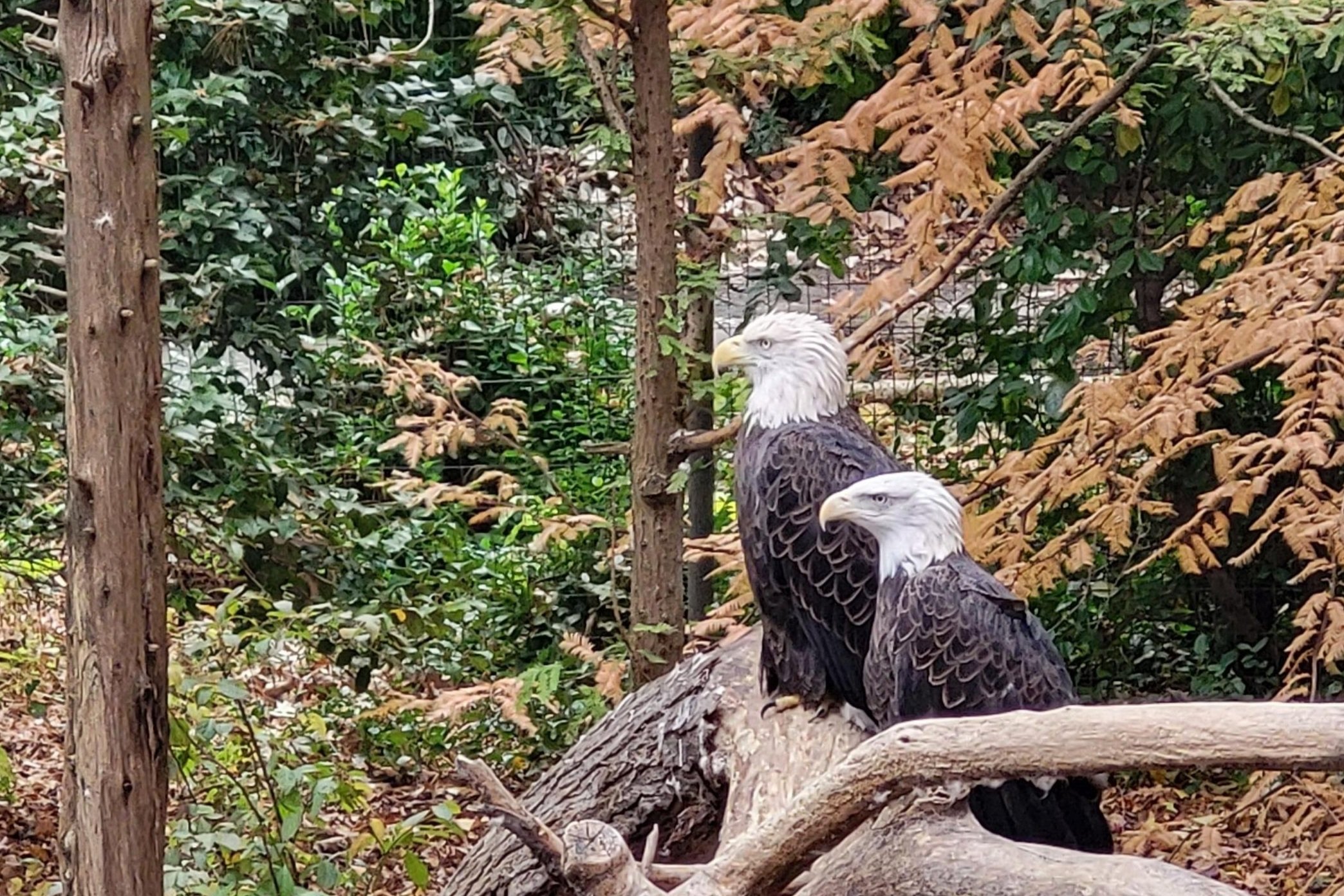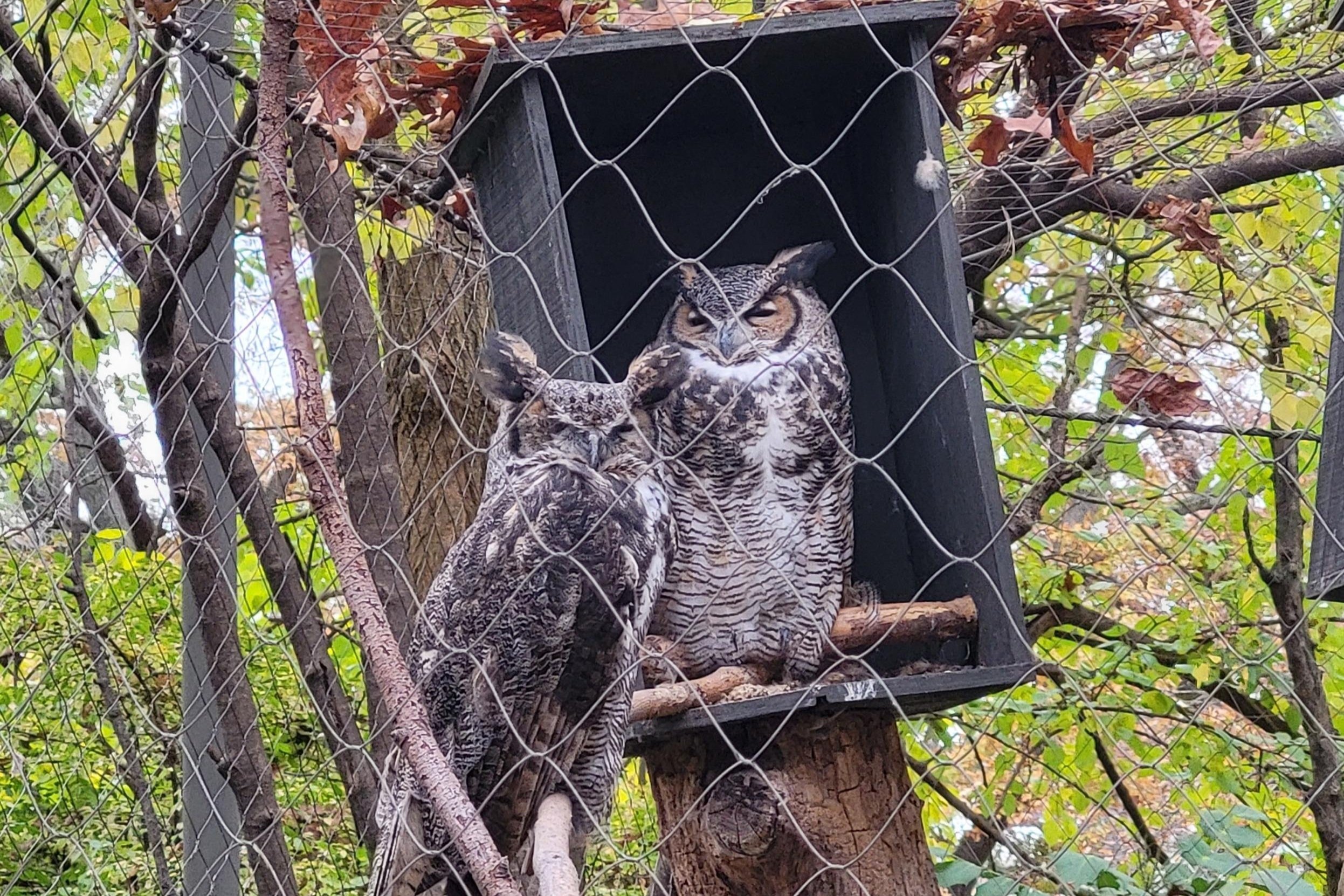World Wildlife Conservation Day 12/4
/This blog post is written by Lee Hittner-Cunningham, the Alliance’s Natural Areas Stewardship Coordinator who is serving in partnership with Americorps.
On December 4th we celebrate World Wildlife Conservation Day to raise awareness about endangered flora and fauna. NYC Parks staff are working throughout the city to safeguard a variety of species by monitoring animal populations to mitigate threats and managing habitats to protect the natural areas where they live and reproduce.
The parks themselves are critical urban green spaces that allow species to live alongside humans in the city. You can observe local flora and fauna throughout Flushing Meadows Corona Park, which is host to a variety of ecosystems.
You can also stop by the Queens Zoo, located on the far side of the Hall of Science Bridge near the Unisphere. While it's not connected to FMCP, the Zoo is a great place to visit while you're at the park. You can learn about (and see!) a variety of species from North and South America, including formerly endangered species such as the American bison and the bald eagle. The existence of these formerly endangered species is a testament to the effect of conservation efforts and the importance of continued action. Guided by their motto, “Saving Wildlife and Wild Places,” Queens Zoo is engaged in work to reestablish endangered species such as the New England cottontail and the Puerto Rican crested toad.
Throughout the park, our stewardship work is aimed in part at making FMCP a welcoming habitat for the many species of flora and fauna in New York. Wildlife in the city face many challenges, including pollution (including light and sound pollution), habitat loss and fragmentation, and migration difficulties created by buildings and highways.
Given these challenges, urban green spaces are key to conservation efforts. We invite you to join us in our stewardship of the park at volunteer events throughout the year, where we will undertake projects such as planting a variety of native species, removing invasive ones, and cleaning up litter. This work allows the native flora and fauna to flourish here at FMCP.



